Top Tech Stacks for Website Application Development in 2024
 Dean Infotech Monday, December 11, 2023
Dean Infotech Monday, December 11, 2023
Web app development is an ever-evolving field, with new technologies and trends emerging each year. Staying up-to-date with the latest tech stacks is crucial for developers and businesses to build efficient and innovative web applications. In this blog, we'll explore the top tech stacks for web app development in 2024, helping you make informed choices for your next project.
What is a Technology Stack?
In the realm of web development, a technology stack refers to the combination of software tools, frameworks, and programming languages that developers use to build a web application. It is divided into two main components: the frontend stack, which handles the user interface and user experience, and the backend stack, responsible for server-side development and database management.
- Frontend Stack: The frontend stack includes technologies that run in the user's web browser. Key components typically involve HTML for structure, CSS for styling, and JavaScript for interactivity. In recent years, frontend frameworks like React, Angular, and Vue.js have gained popularity for their ability to streamline the development process and enhance user interfaces.
- Backend Stack: The backend stack deals with server-side operations, databases, and application logic. It comprises server-side programming languages (e.g., Python, Ruby, PHP, Node.js), web servers (e.g., Apache, Nginx), and databases (e.g., MySQL, MongoDB).
Tech Stack Components Explained
To understand the best tech stacks for web app development in 2024, it's essential to delve into the key components that make up these stacks. This involves examining the roles of frontend frameworks, backend languages, databases, and other supporting tools that contribute to the overall efficiency and functionality of a web application.
Top Tech Stacks for Web App Development in 2024
1. MERN Stack
The MERN stack comprises MongoDB, Express.js, React, and Node.js. MongoDB is a NoSQL database, Express.js is a backend web application framework, React is used for building user interfaces, and Node.js is a runtime environment for executing JavaScript on the server side.
- MongoDB (Database): A NoSQL database known for its flexibility and scalability.
- Express.js (Backend Framework): A fast and minimal web application framework for Node.js.
- React (Frontend Library): A well-liked JavaScript user interface library.
- Node.js (Runtime Environment): A runtime environment that allows server-side execution of JavaScript.
The MERN Stack is a robust choice for building dynamic and interactive web applications, making it one of the top picks in 2024.
2. MEVN Stack
The MEVN stack swaps out MongoDB for Vue.js, creating a powerful combination of MongoDB, Express.js, Vue.js, and Node.js. Vue.js is a progressive JavaScript framework for building user interfaces, and when combined with the other elements of the stack, it forms a scalable and efficient full-stack solution. MEVN is appreciated for its simplicity, modularity, and ease of integration with existing projects.
- MongoDB (Database): A NoSQL database is known for its flexibility and scalability.
- Express.js (Backend Framework): A fast and minimal web application framework for Node.js.
- Vue.js (Frontend Library): A progressive JavaScript framework for building user interfaces.
- Node.js (Runtime Environment): A runtime environment that allows server-side execution of JavaScript.
Similar to the MERN stack, the MEVN stack offers a reliable and flexible tech stack with Vue.js as the front-end library. This combination is gaining traction due to Vue's simplicity and performance.
3. LAMP Stack
The LAMP stack, which stands for Linux, Apache, MySQL, and PHP/Python/Perl, has been a stalwart in web development for many years. It provides a solid foundation for building dynamic and robust web applications. Linux serves as the operating system, Apache as the web server, MySQL as the database, and PHP, Python, or Perl as the programming language. LAMP is known for its scalability, flexibility, and cost-effectiveness, making it an enduring choice for various web projects.
- Linux (Operating System): An open-source operating system.
- Apache (Web Server): A popular web server.
- MySQL (Database): A well-established relational database management system.
- PHP (Programming Language): A web development language for server-side scripting.
LAMP remains a solid choice for web app development, especially for projects that require a traditional approach to back-end development.
4. JAM Stack
The JAM stack represents a new paradigm in web development, emphasizing JavaScript, APIs, and Markup. Unlike traditional stacks, the JAM stack decouples the frontend from the backend, enabling greater flexibility, security, and scalability. Key components include client-side JavaScript, reusable APIs, and pre-built Markup. The JAM stack architecture simplifies the deployment process and enhances website performance, making it an ideal choice for modern, content-driven web applications.
- JavaScript (Frontend): A versatile programming language.
- APIs: Used to fetch data and interact with various services.
- Markup: Typically, HTML is responsible for the structure and presentation of web content.
JAM Stack is gaining popularity for its simplicity and performance benefits, making it suitable for content-driven web apps.
5. Python-Django Stack
For developers favouring the Python programming language, the Python-Django stack is a robust and efficient option. Django is a high-level web framework that encourages rapid development and clean, pragmatic design. It includes an ORM (Object-Relational Mapping) for database interaction, a templating engine, and built-in admin panels. The Python-Django stack is renowned for its simplicity, scalability, and adherence to the "Don't Repeat Yourself" (DRY) principle.
- Python (Programming Language): A versatile and easy-to-read programming language.
- Django (Backend Framework): A Python-based web framework with robust security and scalability.
- Various frontend technologies (e.g., React, Angular, and Vue)
The Python-Django stack remains a strong contender for website development, especially for projects requiring rapid development and a secure framework.
6. Ruby on Rails
Ruby on Rails, often simply called Rails, is a web application framework written in Ruby. Known for its convention over configuration and the principle of "Don't Repeat Yourself," Rails streamlines the development process. It includes an ORM (Active Record) for database interactions, a robust set of conventions, and automated testing tools. The Ruby on Rails stack is celebrated for its elegant syntax, developer-friendly environment, and rapid prototyping capabilities.
- Ruby (Programming Language): A user-friendly, high-level programming language.
- Ruby on Rails (Backend Framework): A web application framework that emphasizes convention over configuration.
- JavaScript (Frontend): A versatile programming language.
Ruby on Rails is an efficient and developer-friendly tech stack, well-suited for startups and projects that need quick development cycles.
Conclusion
Web app development in 2024 offers a myriad of options when it comes to tech stacks. The choice of a tech stack largely depends on the specific requirements of your project, your development team's expertise, and the scalability and performance expectations.
At Dean Infotech, we understand the dynamic nature of web application development and are well-equipped to help you navigate the ever-changing landscape. Whether you're considering the MERN stack, MEVN stack, LAMP stack, JAM stack, or Python-Django and Ruby on Rails, our team of experts can guide you through the process, ensuring your web app is built with the best-fit technology.
Don't let the tech stack selection overwhelm you. Contact Dean Infotech today, and let's turn your website development dreams into reality, making 2024 a year of innovation and success for your business.

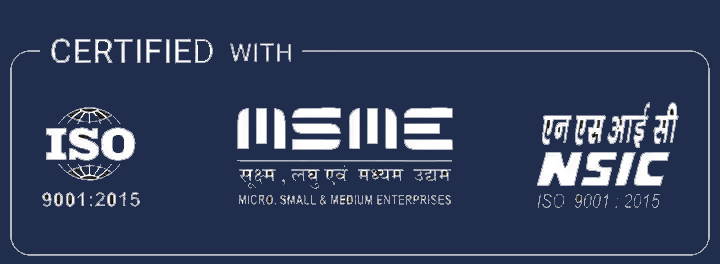
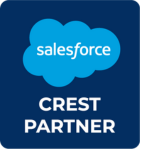
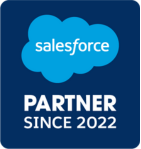
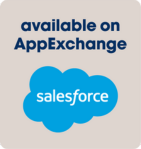
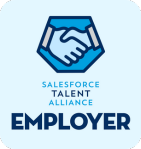


Comment